The Deepwater Horizon disaster Offshore Safety, one of the most catastrophic environmental incidents in history, occurred on April 20, 2010, in the Gulf of Mexico. Here’s a comprehensive overview of the incident:
Background
- The Deepwater Horizon was an offshore drilling rig operated by Transocean and leased by BP (British Petroleum) to explore oil reserves in the Macondo Prospect, located approximately 41 miles off the Louisiana coast.
Key Events
- April 20, 2010:
- A blowout occurred while drilling an exploratory well, resulting in a sudden release of oil and gas that overwhelmed safety systems.
- The blowout preventer (BOP), a critical safety device meant to seal the well in emergencies, malfunctioned.
- This failure led to a massive explosion and fire on the rig, causing the rig to eventually sink. Tragically, 11 crew members lost their lives.
- Oil Leak:
- The sinking of the rig left the wellhead unsealed, resulting in an uncontrolled underwater oil leak.
- Over the following 87 days, an estimated 4.9 million barrels of oil were released into the Gulf, marking it as the largest marine oil spill in history.
Environmental Consequences
- The spill had devastating effects on marine ecosystems, leading to the death of numerous marine species, including dolphins, sea turtles, and fish.
- Coastal regions experienced severe ecological damage, affecting habitats, wetlands, and beaches.
- The fishing and tourism industries faced significant economic repercussions due to contamination and safety concerns.
Investigations and Findings
- Several investigations were conducted, including those by the U.S. government, which revealed multiple factors contributing to the disaster:
- Inadequate Well Design: The design of the well did not meet safety requirements to handle the high-pressure conditions.
- Lack of Risk Assessment: BP and its partners failed to conduct thorough evaluations of the risks involved in drilling.
- Poor Decision-Making: High-pressure decisions to expedite drilling led to critical safety oversights.
- Blowout Preventer Malfunction: The BOP did not function properly during the emergency, failing to contain the blowout.
Legal and Financial Ramifications
- BP faced extensive legal and financial consequences, including billions in penalties for environmental damage and compensation for affected local businesses.
- The Oil Pollution Act of 1990 was invoked, allowing the U.S. government to hold BP and its partners accountable for the disaster.
- In 2015, BP settled for $20.8 billion, which became the largest environmental settlement in U.S. history.
Regulatory Changes
- The disaster led to significant reforms in offshore drilling regulations, including stricter safety standards and enhanced oversight of drilling operations.
- The incident raised awareness about the risks associated with offshore drilling and the necessity for effective emergency response measures.
Lessons Learned
- The Deepwater Horizon incident underscored the critical need for:
- Robust Safety Protocols: Companies must implement stringent safety measures to prevent such disasters.
- Comprehensive Risk Management: Regular and thorough risk assessments are essential to identify and mitigate potential hazards.
- Prepared Emergency Response Plans: Organizations need to develop and update emergency response strategies to effectively address potential incidents.
Conclusion
The Deepwater Horizon disaster serves as a poignant reminder of the inherent risks of offshore drilling and the extensive repercussions of industrial accidents. The lessons learned continue to shape safety practices and regulatory policies within the oil and gas industry today.
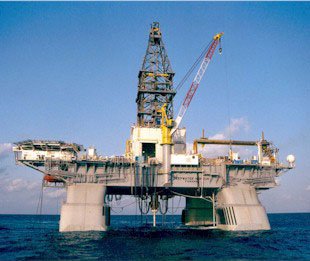



4o mini
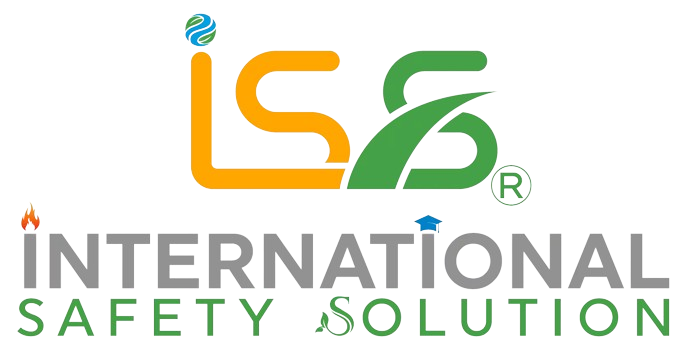
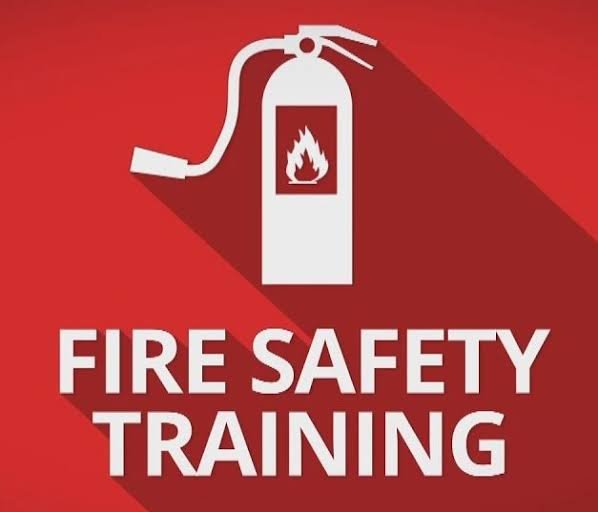
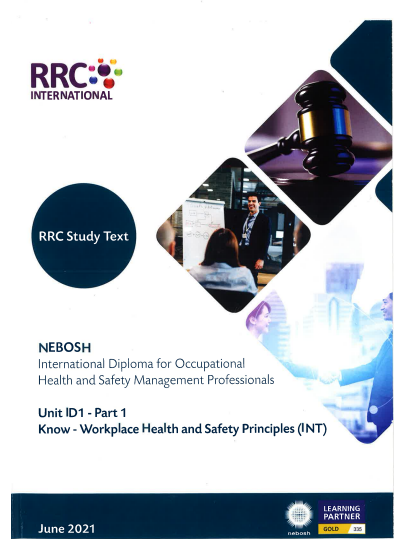
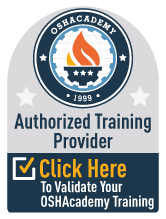

This Post Has 2 Comments
Watching the film on the Deep Water Horizon incident.
Did the Driller, wear a head scarf, a not a Hard Hat as required by Safety Regulations.
This was a joint venture between a US company & the UK.
When does the US ratify the Maritime Labour Convention 2006.
US flagged vessels including floating drilling rigs, will not be able to tender for contracts in countries that have ratified the Maritime Labour Convention. Thank you. Festive Greetings.
Great website you have here but I was curious if you knew of any user discussion forums that cover the same topics talked about in this article? I’d really love to be a part of online community where I can get advice from other experienced individuals that share the same interest. If you have any suggestions, please let me know. Cheers!